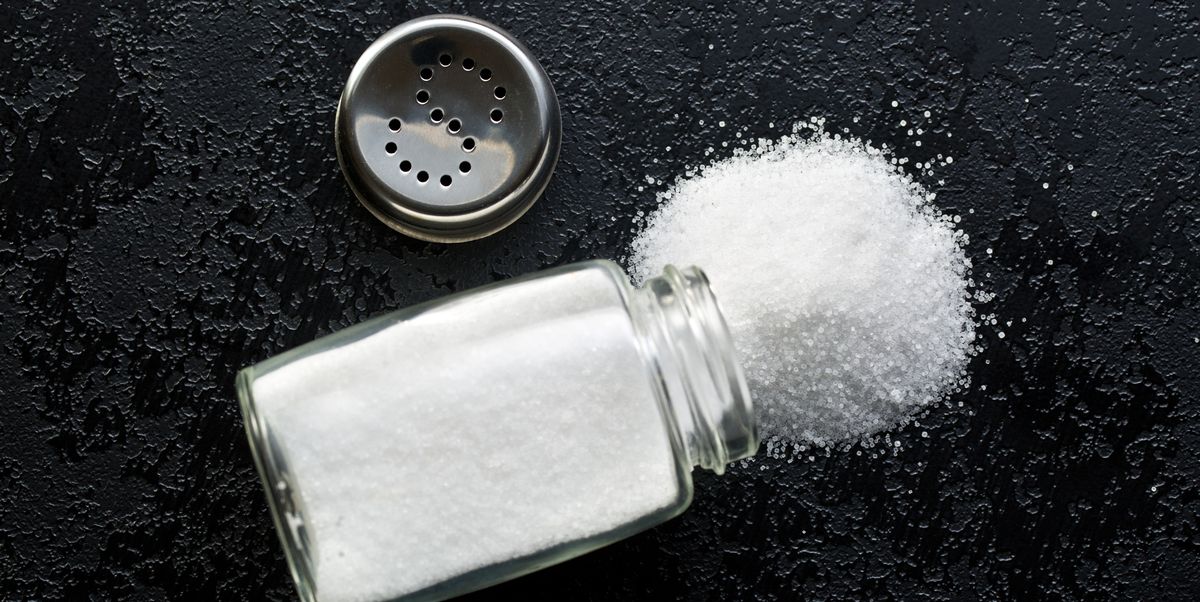Ways to reduce salt and why it’s important to limit your intake
For the human body to work correctly, we need salt - but not too much. Salt provides sodium which the body uses to help send nerve impulses and regulate our fluid levels. When our salt intakes become too high, however, it starts to become an issue and contributes to one of the world’s biggest health problems.
How salt affects the circulatory system
When there’s additional sodium in the bloodstream, water is drawn into the blood vessels, increasing the volume of blood. This increase in volume also increases blood pressure (also known as hypertension), a risk factor of cardiovascular disease which includes heart attack and stroke.
Why limit salt intake?
In those that have hypertension (high blood pressure), restricting dietary salt intake may not only reduce blood pressure and reduce the risk of cardiovascular disease but also improve the response to high blood pressure medication.
How much do we need?
As it stands, the daily recommended amount of salt we should have per day is no more than 6g. When figuring out the salt content of food, sometimes it’s not so easy and the label may refer it may refer to sodium content instead. To convert sodium to salt, multiply the amount by 2.5 eg, 2.4g of sodium equals 6g of salt.
FIND OUT MORE ABOUT BIO-QUINONE
Which foods contain salt?
Some foods are an obvious source of salt (such as salted peanuts, etc) but most of the salt we consume can be considered hidden. Some of the biggest sources of hidden salt include bread, soups, sauces, sandwiches, pizzas, cheese and cold/cured meats.
Tips for reducing salt in cooking
Replacing salt is a significant way of reducing the salt we consume. As a flavouring, salt can be replaced with a range of other seasonings such as herbs, spices, citrus juices and vinegar. When using canned beans or vegetables, ensure they are properly rinsed to further reduce their sodium. Many food products are now being produced with low salt options, including soups and sauces.
Effervescent supplements/medicines
If you consume an effervescent supplement or medication daily, ensure that you’re using a low sodium version. Some effervescent preparations can contribute to up to 1g of salt per tablet, significantly contributing to the 6g limit.
An Acquired taste
Enjoying the taste of salt (much like sugar) is an acquired taste that we can start to unlearn in about 6-8 weeks. After this period, it may become easier to avoid saltier foods and even find them overpowering and less pleasant.
FIND OUT MORE ABOUT BIO-QUINONE
Help to protect your heart with Coenzyme Q10 . Click here for all strengths, pack sizes and more information on this supplement.

